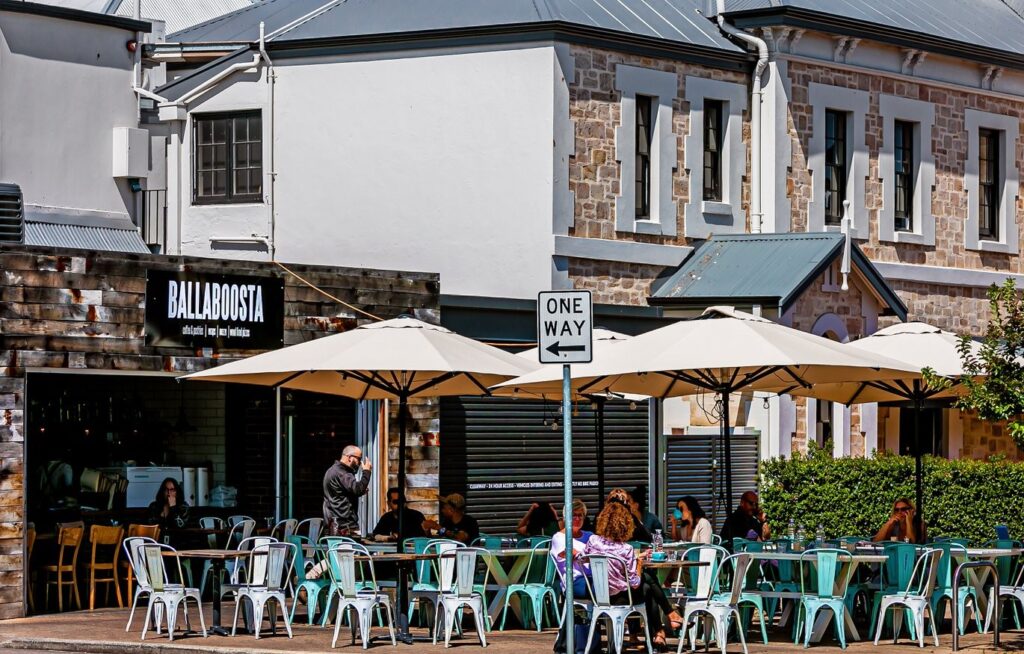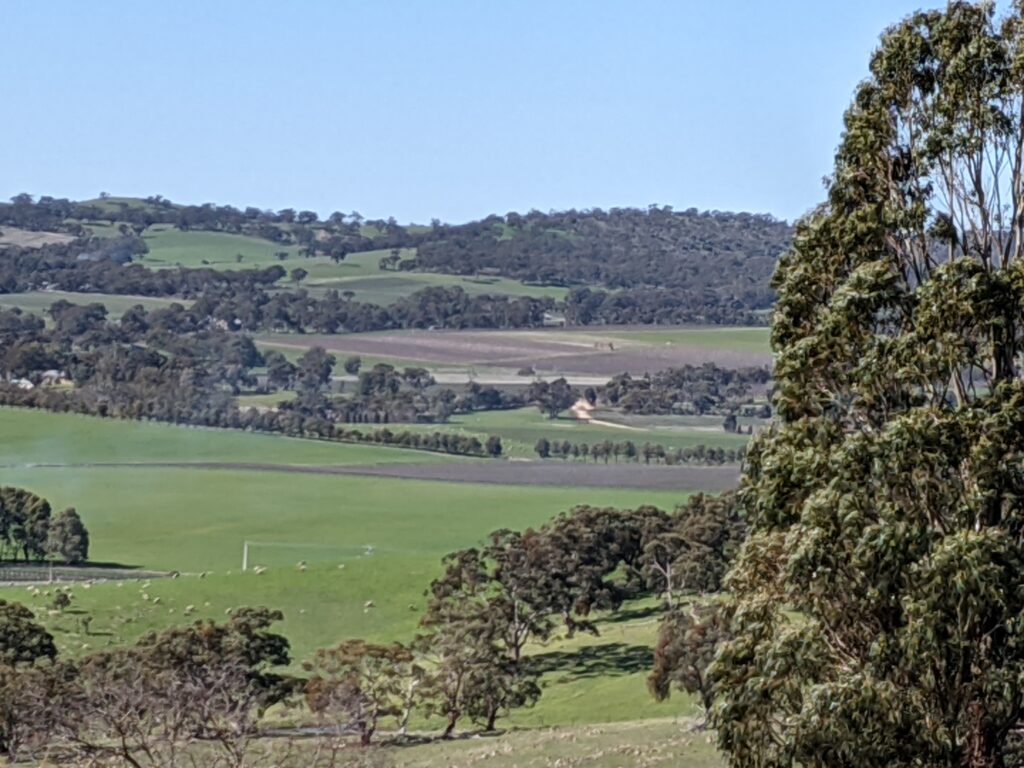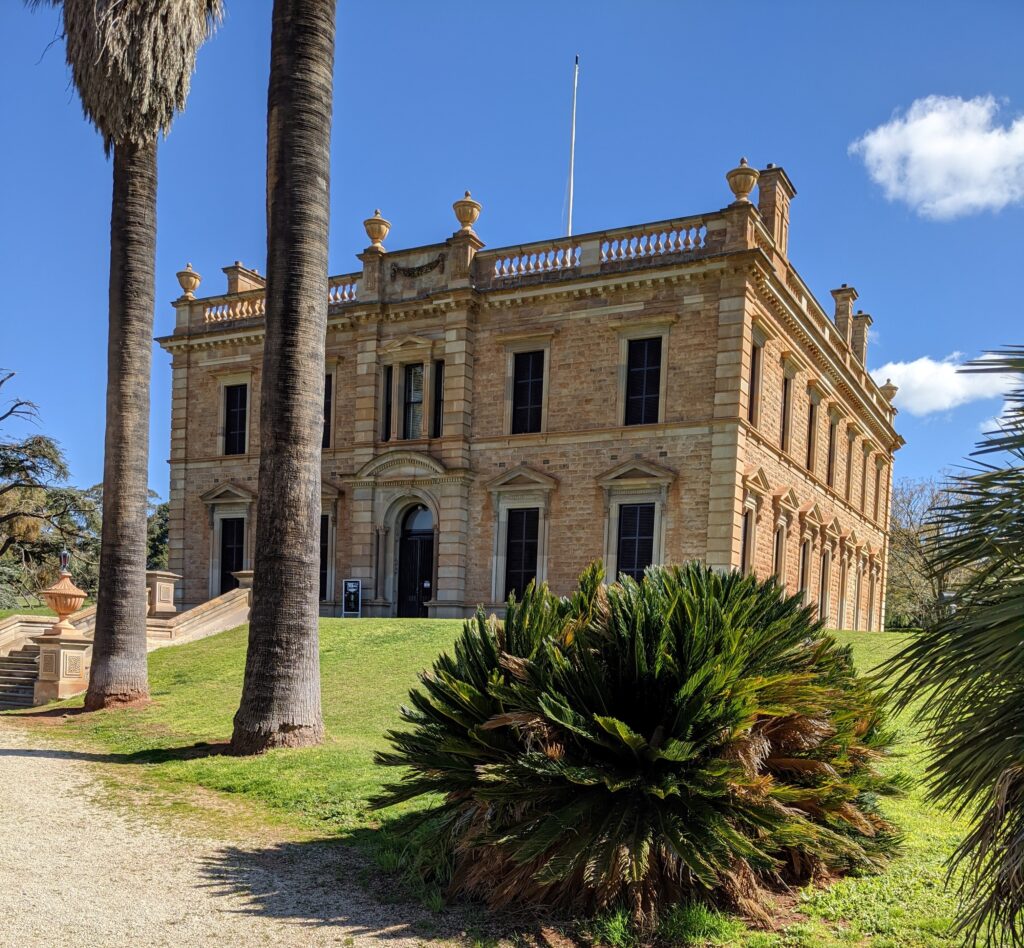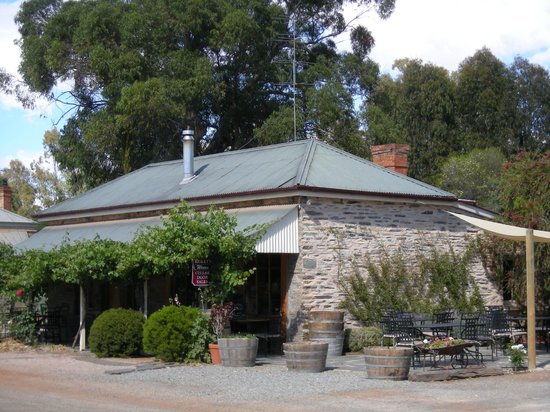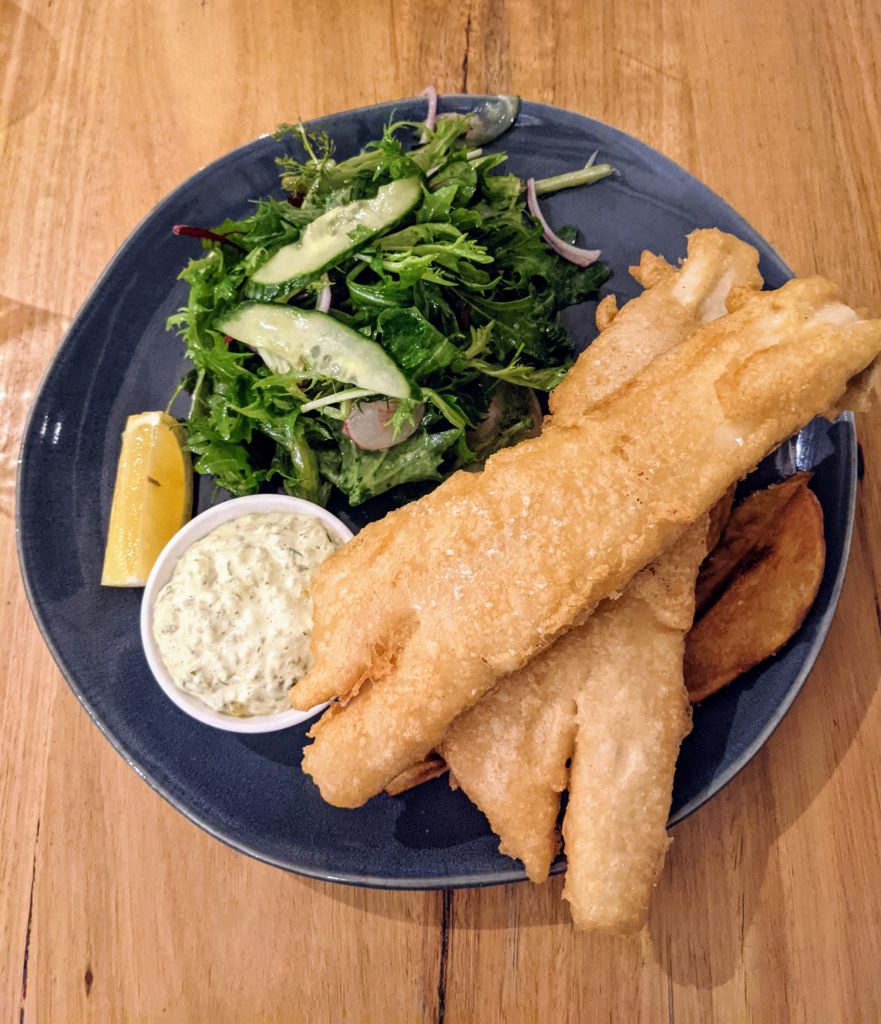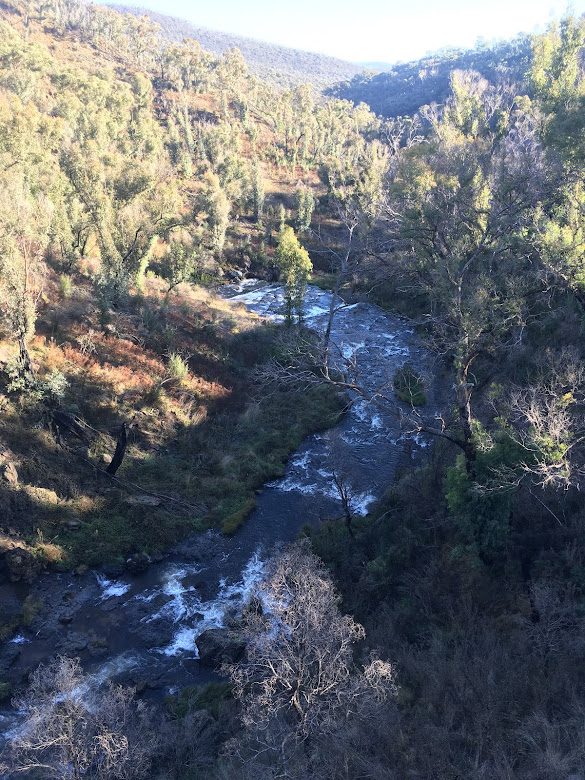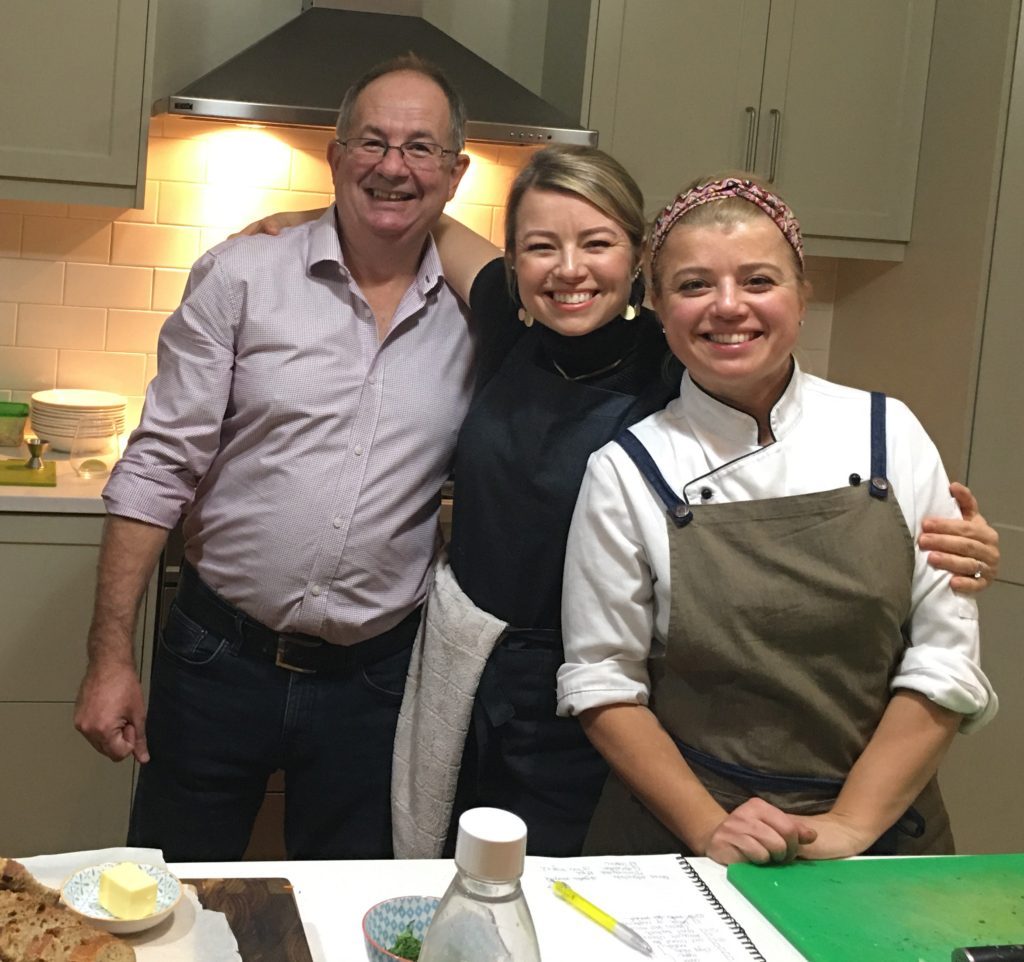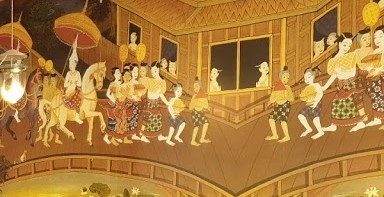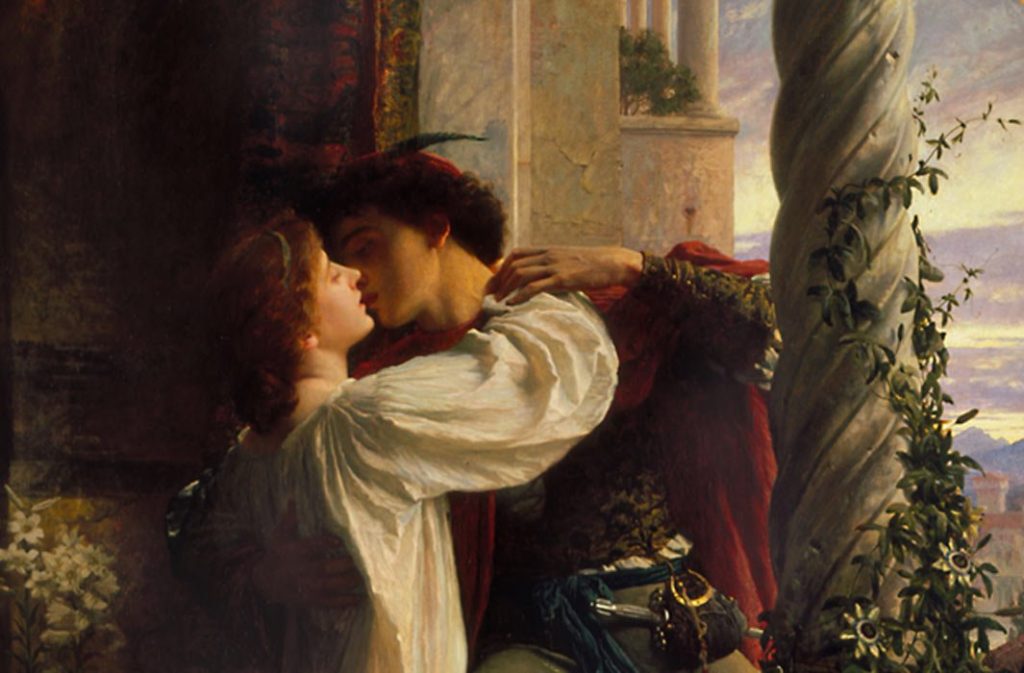My mother has often said there is nothing more decadent than having someone else cook a meal in your own kitchen. We tried it out last weekend and found her theory thoroughly validated.
Judyta Slupnicki is a woman who loves to cook. She has owned and run many kitchens in both Adelaide and Melbourne, including those at the Old Lion, on the Ghan and at her own Phore Seasons in Semaphore. But these days, she is a freelance cook in the process of setting up a new business: She Chef: a qualified chef who will come to your home and cook a designer dinner for one to one dozen guests. Judyta loves to cook Vietnamese and Italian dishes, but on Saturday night she treated us to a Polish feast. While suitably eastern European, and reminiscent of the style of cuisine I remember in neighbouring Prague, it was decidedly more sophisticated than No.1 Son’s favourite dish of dumplings and gravy.
Judyta is Polish. Born in Warsaw, she and her family escaped from Poland when she was barely nine years old. As I settled at the kitchen bench, gin & tonic in hand, as she prepared our dinner – yes, also with a G&T to hand – I heard how her family fled from Poland in 1981. They even slept for at least one memorable night in a cemetery, before they found their way out of Poland, into Germany and then across the seas to Australia. From Perth to Melbourne to Adelaide, the family found themselves in a refugee camp in the Boondocks for three months before they were resettled in a starter home in Woodville Gardens, close to the primary school the three girls were already attending. She and her sisters quickly assimilated – there is a family knack for languages – but despite a strong Aussie accent, she is still, unarguably, a Pole. A year passed, and her father was able to get a loan for a house, and set up business as an upholsterer. Keen for his second daughter to join him, he encouraged her to study business and book-keeping,.
In her free time, Judyta loved to hold dinner parties. She soon realized, however, that her happy place was in the kitchen, rather than playing hostess at the dining table. After taking a gap year and heading off round the world with her (then) husband, she had an epiphany, finally recognizing an unquenchable desire to bring a broader food culture to South Australia. And, of course, she was encouraged by all those friends who had attended her dinner parties. “You are such a good cook! You should open a restaurant!”
On her return to Adelaide, a year was spent looking for suitable premises. Eventually, she found the perfect location: an antique bed store in Semaphore. 220 square metres was rapidly converted into a 100-seater restaurant, complete with a baby grand piano, a seven metre, solid wood bar and tapestries on the walls.
A friend of mine once wrote of ‘the classic restaurant dreamers, people who believe that loving food and hosting dinner parties is adequate preparation for running a business.’ Yet, for a while, this worked. Despite no formal training in catering or cooking, but with a deep understanding of business and finance, Judyta managed to get ‘Phore Seasons’ (as in Sema-phore) up and running in short order. Creating a largely Italian menu with a dash of Polish, Juditya now admits that the whole experience was a trial by fire, literally and figuratively, the learning curve steep and precipitous. One night, after the chef slipped and broke a toe, Judyta, arriving in high heels from another function, had to step in. A pair of slippers was unearthed in the basement and the rest is history. Judyta’s night in the kitchen gave her the overwhelming conviction that this was where she belonged.
Judyta realized pretty quickly that she wouldn’t be able to cope on enthusiasm alone and enrolled in a professional cooking course at Regency TAFE. With all the energy of youth, she ran the kitchen, studied, and managed the accounts. The restaurant survived, albeit with a change of perspective. The fine dining menu was simplified, but not before Judyta had won awards for her efforts.
Eventually, Judyta decided that the ‘Phore Seasons’ had run its course, and she set off in search of new culinary adventures. This would include being chosen to perform on Channel Seven’s Iron Chef challenge, competing against Guy Grossi. From there, she worked on a Polish cuisine episode of Food Safari (Season 4, episode 7) with Maeve O’Meara. She also had a stint with Qantas, via the Adelaide Convention Centre, running their Business Class menus. En route, she discovered a penchant for Vietnamese and Japanese cuisine, but she also loves nothing better than a home cooked Polish meal.
Recently, she has returned to her roots: cooking for dinner parties.
Having shared a few foodie experiences with our sociable chefette, I decided I had better stop distracting her, and joined the rest of the guests in the garden. It was an incredibly mild autumn evening as we gathered around the outdoor fireplace, chatting quietly as our host cooked chestnuts over the coals. Later, he showed me the menu they had agreed on, laid out as ‘rounds.’ The food was indeed comparable to a musical composition: a harmonious combination of tastes and textures.
Round I: roasted chestnuts. Chestnuts have long been popular in the northern regions of Europe and North America, where they thrive on frost, snow and sun. At the winter fairs that abound across central Europe, the aroma of roasting chestnuts is all part of the spirit of Christmas. Chestnuts also grow well in Australia, particularly in north-eastern Victoria. While they are terrific in stews and pasta sauces and even soups, roasting them over hot coals is simple and easy. And they smell – and taste – divine.
As soon as they were pronounced ready to eat, Judyta arrived with a tray of Żubrówka Bison Grass Vodka (Polish pronunciation: [ʐuˈbrufka] in shot glasses. I’m not madly enamoured of vodka, but this particular clean, clear spirit, flavoured with bison grass, is something else entirely: smooth, heart-warming and far too easy to drink. The bison grass in the bottle comes from the Białowieża Forest (I’ll leave you to guess how that is pronounced!), which is one of the last parts of the primeval forest that once stretched across the Central European Plain. The forest is still home to 800 European bison, Europe’s heftiest land animal. They, too, like the bison grass, but heaven knows what they would make of the vodka.
Chestnuts gleefully devoured and vodka skulled, we headed inside to sample the rest of the meal. Judyta’s sister Monica had arrived to support Judyta as sous chef and together they presented us with an outstanding dinner.
Round II: a homemade tomato soup with thick, flat noodles, like fettucine, dill and sour cream. A perfect soup for a winter’s night, and we cleaned our plates with the fresh rye sourdough bread our host had prepared earlier.
Round III: Coorong mullet served with capsicum and herb butter and fried slices of baguette – cooked, like giant croutons, in the oil that had just fried the fish. Sadly, I must confess to being utterly hopeless with bony fish. I have never learned how to eat it elegantly, and fight my way through every mouthful to the detriment of the flavour. Luckily, my far more adept neighbour assured me the fish was fabulous.
Round IV: Roast duck with apples. I had been waiting greedily for this course, having watched Judyta preparing it as we sipped our G&Ts, and savoured the tempting aroma of roast duck wafting past my nostrils . Two of the largest ducks I have ever seen were seasoned with marjoram and salt, then stuffed to the brim with apples that would later be served on the side. With the duck came an absolute cornucopia of vegetables. A zesty cabbage, barley and sauerkraut salad, (think coleslaw with a zing). roast beetroot with caraway seeds (wilted leaves included to great effect), roast potatoes (inevitably) and a huge dish of Brussel sprouts and blanched green beans. Judyta had gone to great lengths to remove the outer leaves of the sprouts, which she tossed in oil and salt and cooked in the oven, Voila! Brussel sprout crisps. The Brussel sprouts themselves were halved and roasted, then, at the last minute, tossed into the bean mix of green beans and breadcrumbs fried in melted butter. Seasoned with a dash of olive oil and garnished with the crisps and lemon zest, it was a dish to die for.
Discussing this later, Judyta gave me several interesting tips. ‘Keep the stalks from the beetroot and pickle them.’ Likewise, take the dill stalks (remember the soup?) and toss them into pickling liquid. Do not deep fry the vegetables, she told me firmly. This has become a trend because it is quick and easy, but it is definitely not the best way to eat them.
After all these delectable dishes, dessert was almost one step too far, but how to resist? ‘Poemat’ means poem in Polish, the perfect name for this delectable dessert. Judyta had first created a cheese mixture with eggs and sour cream, vanilla and milk, cooked slowly over a low heat, then drained through cheese cloth and cooled in the fridge. The mixture was then combined with whisked butter, and divided into three. One third was mixed with cocoa, the other two thirds, with toasted ground walnuts and soaked raisins, pressed together and refrigerated overnight.
Before serving, the ‘poemat’ was brought back to room temperature and served with strawberries and raspberries soaked in cognac, then sprinkled with ground walnuts. With a velvety smooth texture, poemat is like a firm mousse. Add a dash of crunch and a splash of sweetness, and you have a truly divine dessert.
Judyta has decided, after years of experimenting, that she loves cooking with a passionate joy, but prefers to be her own boss, creative and independent. So she has chosen a name, set up a business plan and has just launched her website www.shechef.com.au. Now she can establish herself as a freelance chef, happy to create private dinner parties in your own home. A special birthday or anniversary? An intimate dinner for two? You name it, as long as there are no more than twelve at the table, Judyta will create a bespoke dinner to amaze your friends and your taste buds. Go forth and conquer!


